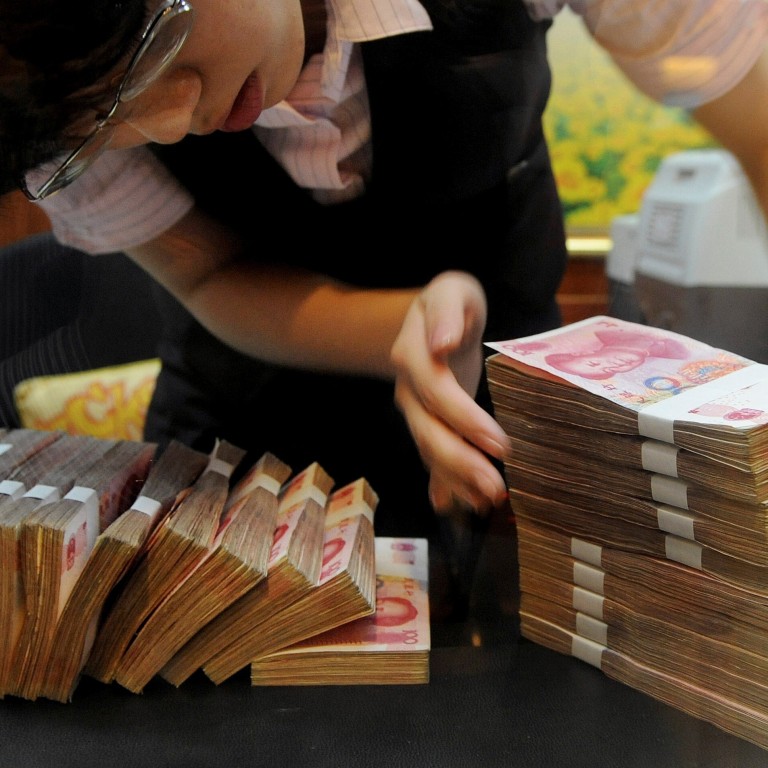
China’s yuan slips against US dollar after Beijing taps financial tools to cool exchange rate
- The yuan-US dollar exchange was 6.39 on Thursday afternoon, weakening from 6.36 on Monday, putting the brakes on its recent surge
- Follows moves to raise the reserve requirement for banks’ foreign exchange deposits and allow more investment abroad under QDII programme
China dug deeper into its bag of tricks this week to slow the rise of the yuan against the US dollar, but it faces an uphill battle as the American currency weakens and money pours into the country following its strong post-pandemic recovery.
The State Administration of Foreign Exchange (SAFE), the nation’s foreign exchange regulator, approved US$10.3 billion worth of QDII quotas for 17 financial institutions, the largest batch since it resumed granting new quotas in September last year.
By allowing greater capital outflows, it will increase demand for foreign currencies, putting downward pressure on the yuan.
The new measures appear to have had the intended effect, halting the yuan’s rise against the US dollar. The yuan-US dollar exchange was 6.39 on Thursday afternoon, weakening from 6.36 on Monday.
A higher yuan exchange rate figure means it takes more yuan to purchase one US dollar, indicating a weaker Chinese currency
Still, Beijing will have a tough time controlling appreciation of the yuan in the face of a weakening US dollar, large capital inflows due to China’s strong economic fundamentals, and constraints on its ability to intervene in the market given increased US scrutiny as trade talks resume.
“It is a trend for Chinese residents and corporations to allocate their assets overseas. It has been accelerated given the huge inflows and the fast yuan appreciation,” said Ding Shuang, chief Greater China economist at Standard Chartered Bank.
In recent years, Beijing has strictly managed capital flows, given the exodus of money from the country after the stock market crash of 2015. China used up almost US$1 trillion of its foreign exchange reserves in the following two years to control the value of the yuan.
However, capital controls started to ease in the second half of last year, when foreign investors scrambled to buy Chinese stocks and bonds because of the country’s effective coronavirus pandemic control and quick economic recovery.
In May, inflows into Chinese equities reached US$11.3 billion, according to the International Institute of Finance. Foreign investors increased their holdings of Chinese bonds by 73.1 billion yuan (US$11.45 billion) in April, with the outstanding total reaching 3.8 per cent of the market size, an increase of 0.32 per cent from last year.
“What worries Beijing most is the momentum of quick appreciation and the one-way bet [on a further rise],” Ding said.
SAFE has so far approved a total QDII quota of US$147.3 billion, US$43.3 billion of which has been granted since last September.

02:27
Cryptocurrency volatility highlighted by China’s recent crackdown and Elon Musk comments
Chinese securities investment overseas reached US$900 billion at the end of last year, including US$409.1 billion in Hong Kong, US$178.4 billion in the United States and US$21.5 billion in Britain, SAFE data showed.
Beijing has also kept up its campaign to talk down the yuan exchange rate, with the official Xinhua News Agency again warning against speculative trading on Wednesday.
China promised to refrain from manipulating the yuan’s exchange rate for competitive advantage as part of the phase one trade deal signed with the US last year.
But Washington is concerned Chinese state-owned banks might be acting as proxies for the central bank to intervene in the market.

